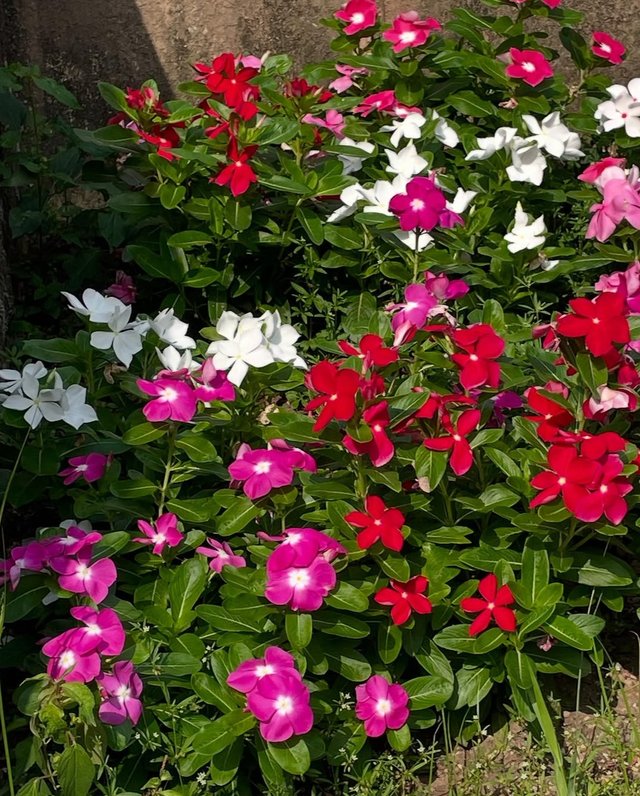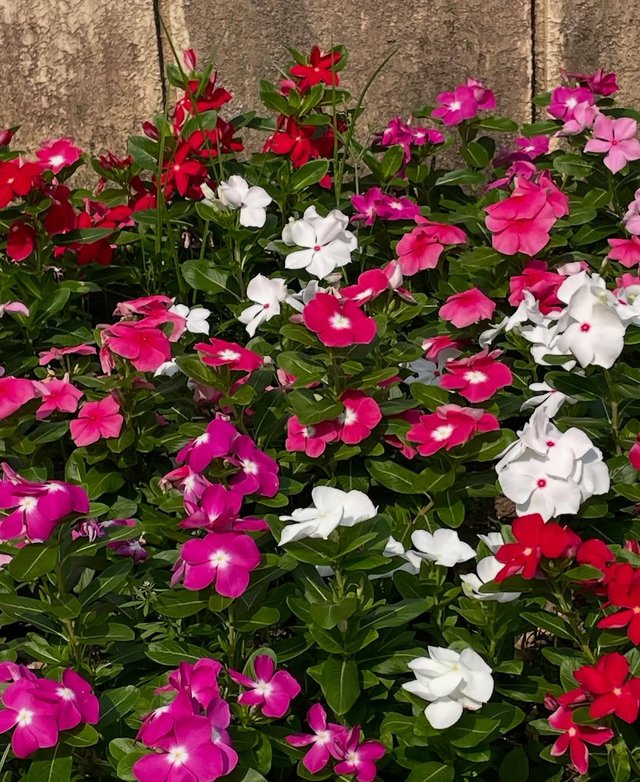Madagascar Periwinkle Flower
The Madagascar Periwinkle, often admired for its delicate beauty, is far more than just an ornamental flower. Native to Madagascar, this hardy plant has traveled far beyond its homeland and is now grown in tropical and subtropical regions across the world. Known by many names—including rosy periwinkle, vinca, and Cape periwinkle—it has captured attention not only for its vibrant blossoms but also for its powerful medicinal properties.
A Flower of Many Colors
Madagascar periwinkle is a small evergreen shrub that typically reaches 1 to 2 feet in height. Its glossy green leaves provide the perfect backdrop for its simple yet striking five-petaled flowers. These blooms come in shades of pink, red, white, and purple, with some varieties displaying eye-catching contrasting centers. They thrive in full sun, tolerate drought, and adapt easily to different soils, making them a favorite for home gardens, borders, and hanging baskets.
Cultural and Ornamental Significance
Because of its resilience and year-round flowering habit, the periwinkle has become a symbol of endurance and vitality in many cultures. In some regions, it is planted near homes and temples as a sign of prosperity and beauty. Gardeners appreciate its low maintenance and ability to flourish in hot climates where many other flowers struggle.
A Treasure Trove of Medicine
What makes Madagascar periwinkle truly remarkable is its role in modern medicine. Traditional healers in Madagascar and other parts of the world have long used it to treat diabetes, infections, and high blood pressure. However, scientific research in the mid-20th century revealed something extraordinary: the plant contains powerful alkaloids, including vincristine and vinblastine.
These compounds revolutionized cancer treatment. Vincristine is used in chemotherapy for leukemia and lymphoma, while vinblastine has been vital in treating Hodgkin’s lymphoma, breast cancer, and testicular cancer. This discovery turned a simple garden flower into one of the most important plants in pharmaceutical history.
| Device | cannon eos 700D |
|---|---|
| Lens | 55-250 zoom leans |
| Location | Bangladesh |




